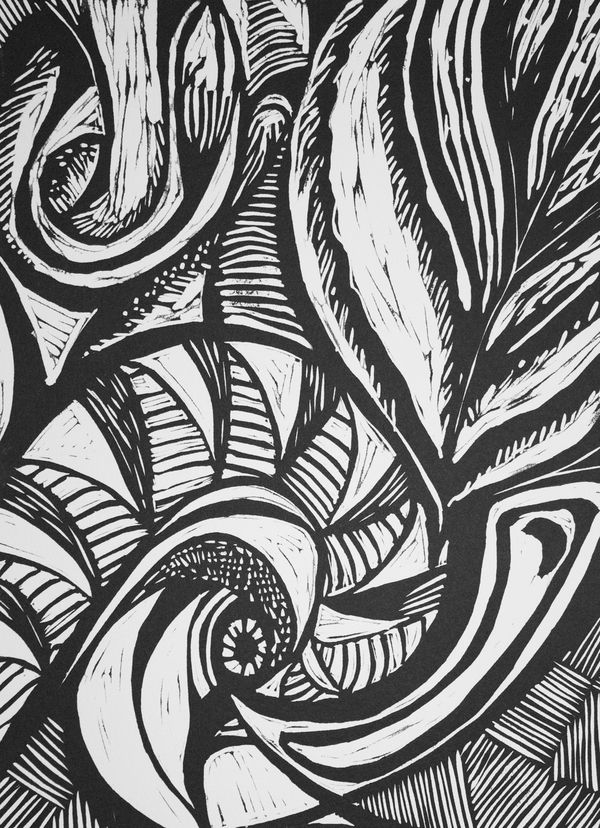
In the realm of design and art, relief surface plays a pivotal role in creating visual interest and tactile experiences. It refers to a technique where elements are raised above a flat surface, adding depth and texture to the artwork. However, have you ever wondered about the opposite of relief surface? In this blog post, we will delve into the intriguing concept of the antithesis of relief surface, exploring its implications and shedding light on its significance in various industries.
- The Definition of Relief Surface:
Before we embark on our exploration, let's briefly recap what relief surface entails. Relief surface involves the creation of raised elements on a flat surface, such as sculptures, engravings, or embossing. It adds a three-dimensional aspect to the artwork, captivating the viewer's senses and evoking a sense of depth and texture. - The Antithesis of Relief Surface:
Contrary to relief surface, the antithesis lies in the realm of recessed or sunken elements. Instead of protruding from the surface, these elements are carved or pressed into it, creating depressions or indentations. This technique, known as "intaglio," offers a contrasting visual and tactile experience compared to relief surface. - Applications in Various Industries:
3.1 Printmaking:
In the world of printmaking, intaglio techniques like etching, engraving, and drypoint are employed to create intricate and detailed artworks. These techniques involve incising or engraving the image onto a plate, which is then inked and pressed onto paper, resulting in recessed elements that produce a unique aesthetic.
3.2 Architecture and Interior Design:
The antithesis of relief surface finds its place in architectural and interior design as well. Think of ornate ceilings adorned with intricate patterns, where recessed elements create a sense of grandeur and sophistication. Additionally, in furniture design, intaglio techniques can be utilized to add depth and visual interest to surfaces, creating a captivating and luxurious ambiance.
3.3 Jewelry and Metalwork:
In the realm of jewelry and metalwork, intaglio techniques have been employed for centuries to create stunning pieces. From signet rings with engraved crests to intricate pendants with recessed designs, these techniques allow for the incorporation of intricate details and textures, resulting in unique and exquisite pieces of wearable art.
- The Symbolism of the Antithesis:
Beyond its technical applications, the antithesis of relief surface holds symbolic significance as well. While relief surface often represents prominence, strength, and visibility, the antithesis can symbolize subtlety, depth, and hidden beauty. It invites the viewer to explore the recesses, uncovering the intricate details that may not be immediately apparent.
Conclusion:
In conclusion, the antithesis of relief surface, represented by recessed or sunken elements, offers a captivating alternative to the three-dimensional prominence of relief surface. From printmaking to architecture, interior design, and jewelry, intaglio techniques have found their place in various industries, adding depth, texture, and symbolism to artistic creations. By understanding and appreciating the antithesis of relief surface, we gain a deeper insight into the multifaceted world of design and art. So, let us embrace the enigma and explore the hidden beauty within the recesses.




